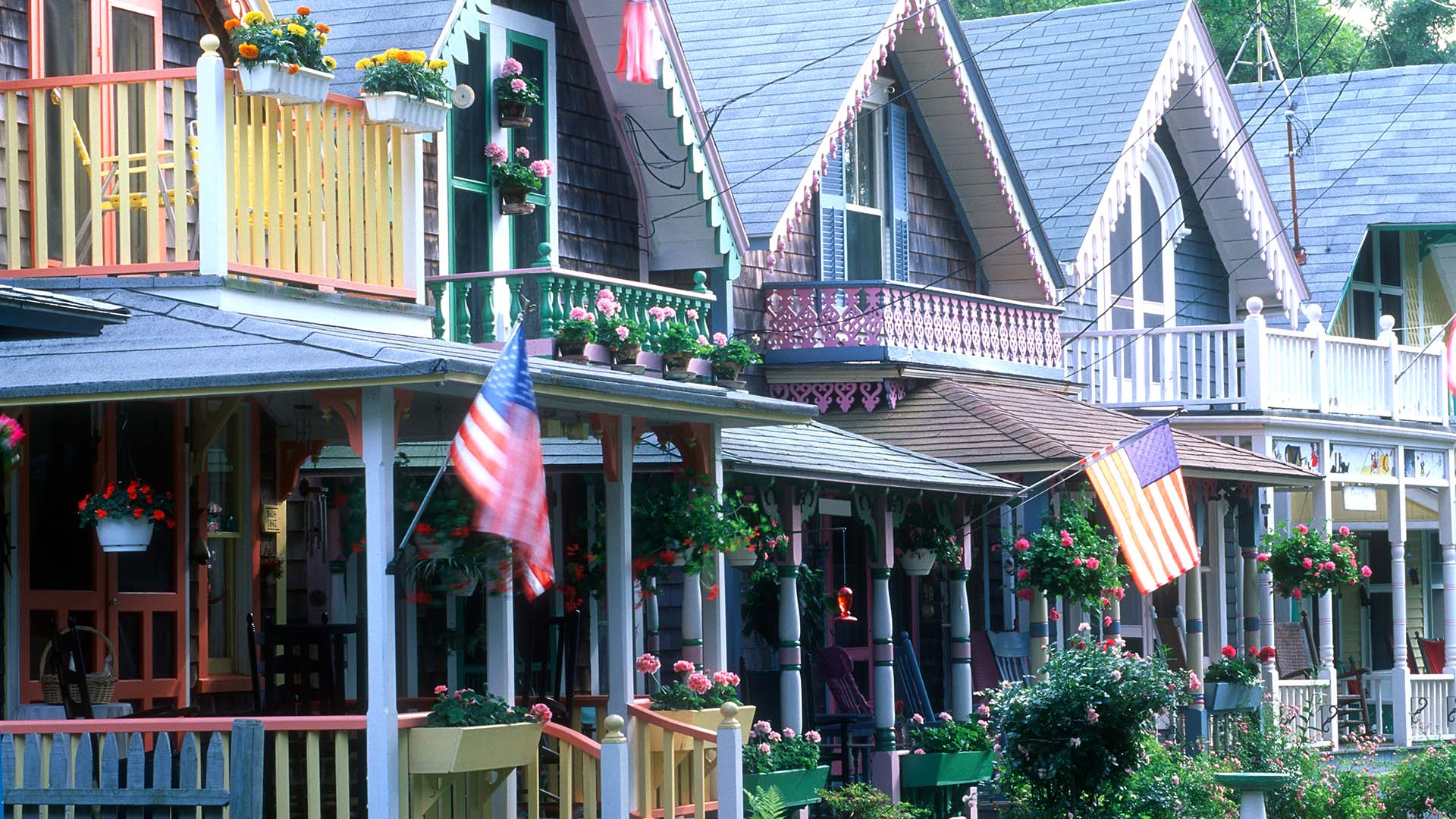
Enjoy beach time while learning more about Black culture and history. (Photo: Getty Images)
Black TravelHistorically Black Beaches and Resort Towns to Visit in the U.S.
By Vanessa WilkinsWhile most travelers may be well-versed in planning a beach vacation, some may not be aware that in the U.S., there are many historically Black beach towns that exist and flourish today — offering visitors a chance to learn about Black culture and history while sinking their toes in the sand.
Plotting a beach vacation wasn’t always smooth for Black travelers. Segregation, Jim Crow laws and other marginalizing tactics left Black visitors without access to many beach towns. Like HBCUs (Historically Black Colleges and Universities) and the Negro Leagues, Black-owned beaches were founded during the Jim Crow era, in this case to give the African American community access to shorelines.
But even after segregation ended and resort areas integrated, these communities have continued to thrive as vacation hot spots for Black residents and visitors.
As always, check for travel restrictions and closures before planning your trip.

Bruce’s Beach, California
Bruce’s Beach, located in Manhattan Beach, California, was established by Charles and Willa Bruce in 1912. The ambitious couple purchased the land and built a waterfront resort to give the Black community beach access, but the land was seized by the government in the 1920s and the resort torn down shortly after.
In 2021, nearly 100 years after the seizure, legislation was signed to begin the process of returning the property to the Bruce family heirs.
Today, travelers can visit Bruce’s Beach on a vacation to sunny Southern California. The beach town is just 40 minutes south of Downtown Los Angeles, and in addition to the gorgeous beach views, the downtown Manhattan Beach district has tons of restaurants, shops and cafés to check out during your vacation, including the popular Black-owned food and wine shop, Barsha.

Atlantic Beach, South Carolina
Lovingly nicknamed the Black Pearl, Atlantic Beach is located on the coast of South Carolina, snuggled between Myrtle Beach and North Myrtle Beach. The small beach town was founded in the 1930s by a group of Gullah Geechee people who were the descendants of the enslaved people that lived on the Sea Islands.
These men and women opened restaurants and bars, which drew in Black visitors from nearby states like Virginia, North Carolina and Florida as the neighborhood provided Black families with a place to swim and shop freely without prejudice or discrimination. Over the years, the neighborhood flourished into a thriving Black-owned and operated community.
Today, the Atlantic Beach residents, many of whom are descendants of the Gullah Geechee people, continue to preserve their rich heritage with traditions like Bikefest, also known as Black Bike Week, the largest African American motorcycle rally in the U.S., held annually around Memorial Day weekend.
Oak Bluffs, Massachusetts
Oak Bluffs is a small residential community located near Martha’s Vineyard. The area was originally inhabited by the Wampanoag tribe, and the first people of African descent to arrive in Oak Bluffs were enslaved Africans who worked on the farms of the region’s European settlers.

By the early 20th century Oak Bluffs had become a popular location for affluent African American families, earning the local beach the nickname “Inkwell” because it was the only beach in Martha’s Vineyard that welcomed black tourists until around the 1960s.
Today, Oak Bluffs is still widely popular among the African American community, with well-known visitors like Barack Obama and Spike Lee among its regular patrons. The town was also recently honored with a permanent exhibition inside the Smithsonian’s National Museum of African American History & Culture in Washington, D.C.
Highland Beach, Maryland
Highland Beach is one of the oldest major Black resort towns in the country. Located just south of Annapolis along the Chesapeake Bay, the beach town was founded in 1893 by Charles Douglass, the son of abolitionist Frederick Douglass.
The impetus for Douglass to purchase waterfront property here and subsequently sell off parcels to Black friends and family came after he and his wife were turned away from a restaurant at the nearby Bay Ridge Resort because of their race.
In 1922, Highland Beach became the first African American municipality in Maryland, and today visitors can learn more about the town’s history at the Twin Oaks house, which now serves as the Frederick Douglass Museum and Cultural Center.







